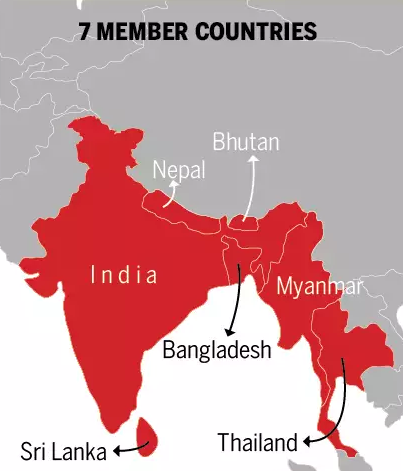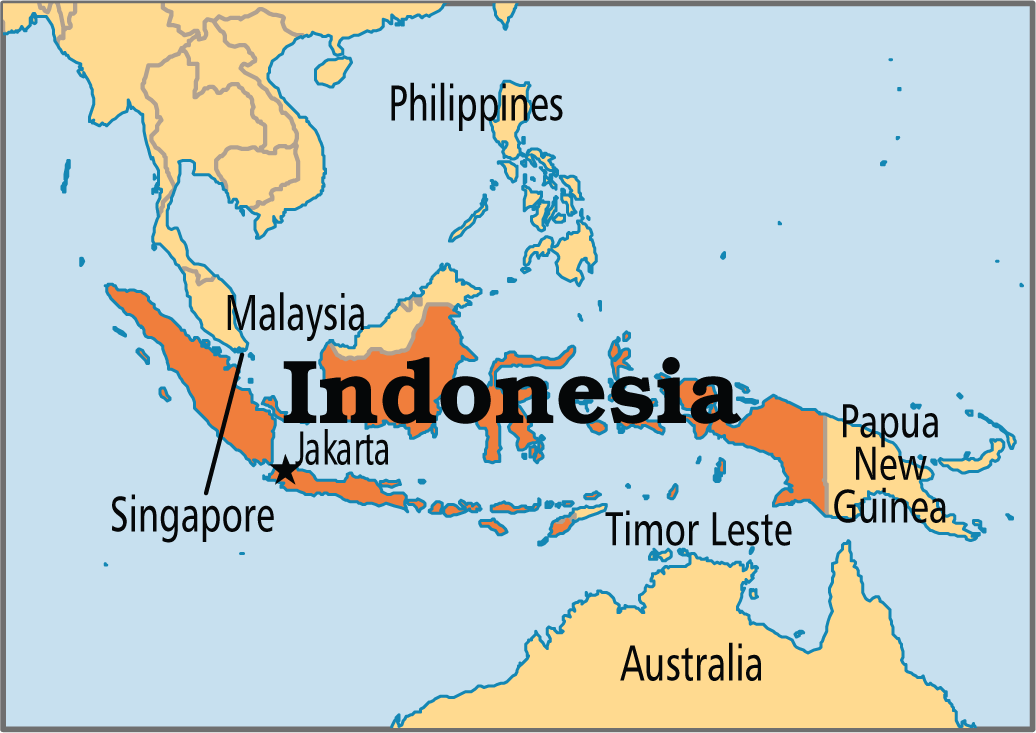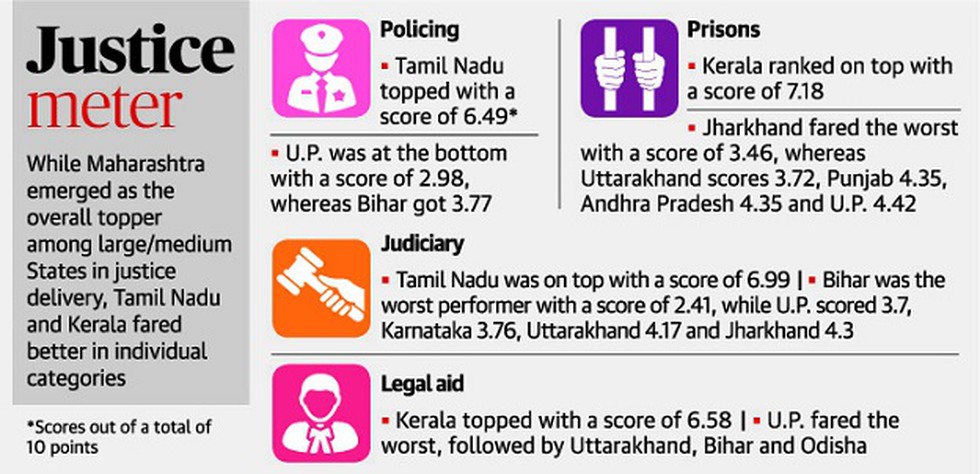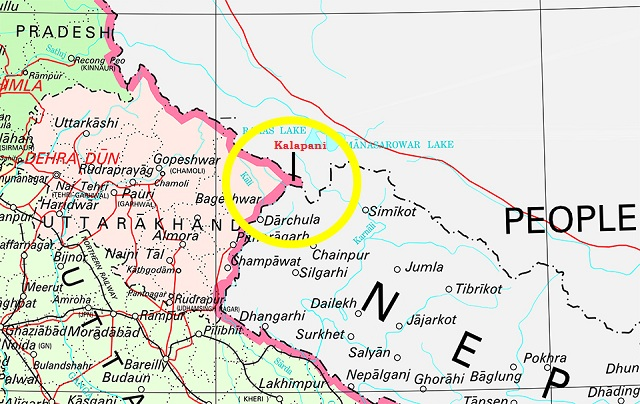Governance
Compliance to the RTI Act, 2005
Why in News
The think tank ‘Vidhi Centre for Legal Policy’ has released a report titled, ‘Sunshine in the Courts: Ranking the High Courts on their compliance with the RTI Act’.
- It developed a ‘Convenience Index’ which evaluates the extent to which the RTI Rules framed by the High Courts make it convenient for citizens to file RTI applications.
- According to the Right to Information (RTI) Act, 2005, every High Court is required to draft RTI Rules to lay down a procedure for filing RTI applications.
- Many High Courts draft RTI Rules, which while legal, make it extremely inconvenient for citizens to file RTI applications by raising unnecessary hurdles.
Key Findings
- Wide Gap between the judiciary’s pronouncements on the RTI Act and the manner in which the High Courts are implementing it.
- Violation of the Act
- Despite Section 8 of the RTI Act restricting the number of grounds for denying information to citizens, the RTI rules of several High Courts have included additional grounds for rejecting requests for information.
- High Courts at Bombay, Delhi, Gauhati and Gujarat are among the ones which have created additional grounds for non-disclosure of information.
- There is a lack of good quality proactive disclosures by several High Courts on their websites. This is violative of Section 4(1)(b) of the RTI Act.
- Despite Section 8 of the RTI Act restricting the number of grounds for denying information to citizens, the RTI rules of several High Courts have included additional grounds for rejecting requests for information.
- Transparency
- There is a lack of administrative transparency and financial transparency within High Courts.
- Fewer High Courts are only willing to provide copies of their budgets and audit reports under the RTI Act.
- Payment of Fees
- High Courts of Allahabad, Chhattisgarh and Gauhati are among the ones which do not recognise convenient modes of payments like postal orders.
- The High Courts of Chhattisgarh and Jharkhand prescribe only court fee stamps as relevant mode of payment.
- The Gujarat High Court does not mention any mode of payment, which increases uncertainty for RTI applicants.
- High Courts of Allahabad, Chhattisgarh and Gauhati are among the ones which do not recognise convenient modes of payments like postal orders.
- Ranking on the ‘Convenience Index’
- On the index, not a single High Court was able to match the convenience offered by the Government of India’s RTI Rules.
- The High Courts at Patna, Delhi and Kerala performed the best on the index.
- The High Courts at Gujarat, Madras, Meghalaya and Chhattisgarh performed the worst.
- In Comparison with the Government of India
- RTI rules of several High Courts provide for a relatively inconvenient procedure when compared to the RTI rules of the Government of India.
- For example, many courts currently charge five times the amount charged by the Centre for filing RTI applications.
- Recommendations
- The High Courts should publish clearly discernible rules on the website in the local language of the state.
- Having more modes of payment through the RTI fees in order to make it simple for citizens to file RTI applications.
Governance
India Justice Report, 2019
Why in News
Recently, the India Justice Report (2019) prepared by the Tata Trusts in collaboration with the Centre for Social Justice, Common Cause, and the Commonwealth Human Rights Initiative has been released.
- This is the first-ever ranking of Indian states on justice delivery.
- The report has divided states on the basis of the population into two parts:
- The large-medium states (Population 1 crore and above)
- The small states and Union Territories (Population less than 1 crore)
Key Points
- Maharashtra has topped the list among large-medium States followed by Kerala, Tamil Nadu, Punjab, and Haryana.
- In this category, Jharkhand, Bihar and Uttar Pradesh are at the bottom.
- Goa leads the list of smaller states followed by Sikkim and Himachal Pradesh.
- The report has been prepared based on publicly available data of different government entities on the four pillars of justice delivery — police, judiciary, prisons, and legal aid.
- Each pillar is analyzed through the prism of budgets, human resources, personnel workload, diversity, infrastructure, and five-year trends.
Issues with Indian Justice System
- Vacancies
- On average, the police have a vacancy of 23% (2017), and the judiciary between 20%-40% across the high courts and lower judiciary. Gujarat is the only state to reduce vacancies across all four pillars.
- Representation
- No State/ UT is able to meet all its diversity quotas (ST, SC, and OBC). Karnataka comes closest to achieve diversity quotas (missed its SC reservation target by 4%).
- Women are poorly represented across the Justice system. They account for 7% of the Police, 10 % of Prison staff and about 26.5 % of all judges in the High Court and subordinate courts.
- Budgets
- The Justice system is affected by low budget allocations.
- The per capita expenditure on legal aid is just 75 paise.
- Punjab is the only large state whose police, prison and judiciary expenditures have increased at a pace higher than the increase in overall state expenditure.
- Judicial Pendency
- Nationally, at the subordinate court level, on average a case remains pending for five years or more.
- Only six states i.e. Gujarat, Daman and Diu, Dadra and Nagar Haveli, Tripura, Odisha, Lakshadweep, Tamil Nadu, and Manipur managed to clear as many court cases as were filed.
- Prisons
- Prisons are over-occupied at 114%, where 68% are undertrials awaiting investigation, inquiry or trial.
Way Forward
- Judiciary and the government needs to put collaborative effort to plug the gaps in the management of the police, prisons, forensics and the filling up of vacancies.
- The efficient Indian Justice System will ensure the implementation of Article 14 (Equality before law), Article 22(1)(Protection against arrest and detention in certain cases) , Article 39(A) (Free legal aid for poor) and Article 21 (Right to protection of life and personal liberty) of the Indian Constitution.
- It will also ensure SDG 16 which recognizes the need to ‘provide access to justice for all and to build effective, accountable and inclusive institutions at all levels.
Constitutional Provision
- Article 39A of the Constitution of India provides that State shall secure that the operation of the legal system promotes justice on a basis of equal opportunity, and shall, in particular, provide free legal aid, by suitable legislation or schemes or in any other way, to ensure that opportunities for securing justice are not denied to any citizen by reason of economic or other disability.
- Articles 14 and Article 22(1) also make it obligatory for the State to ensure equality before the law and a legal system that promotes justice on a basis of equal opportunity to all.
Social Justice
New Subtype of HIV Discovered
Why in News
Recently, the researchers have discovered a new subtype of the Human Immunodeficiency Virus (HIV) called HIV-1 Group M, subtype L. It is the first time a subtype of HIV has been found in almost two decades.
- There are two types of HIV: HIV-1 and HIV-2. HIV-1 is considered the predominant type, representing the vast majority of infections worldwide, while HIV-2 is far less common and primarily concentrated in the west and central African regions.
Key Points
- Researchers used a tailored method of the next-generation genome sequencing technology to identify the new subtype.
- Genome sequencing is the process of determining the complete DNA sequence of an organism's genome. It figures out the order of DNA nucleotides, or bases, in a genome, i.e, the order of Adenine, Cytosine, Guanines, and Thymine that make up an organism's DNA.
- The technology is helping scientists to stay one step ahead of mutating viruses and avoid a new pandemic.
- Group M viruses are responsible for the global pandemic- which can be traced back to the Democratic Republic of Congo in Sub-Saharan Africa.
Human Immunodeficiency Virus- Acquired Immunodeficiency Syndrome
- HIV is a type of retrovirus. The combination of drugs used to treat it is called Antiretroviral Therapy (ART).
- HIV attacks CD4-a type of White Blood Cell (T-cells) in the body’s immune system.
- It is transmitted from person to person through bodily fluids, including blood, semen, vaginal secretions, anal fluids, and breast milk.
- Statistics in India: The total number of people living with HIV was estimated at 21.40 lakh in 2017. India witnessed over 87,000 new cases in 2017 and saw a decline of 85% compared to 1995.
- World AIDS Day is observed on 1st December.
Important Facts For Prelims
Kalapani Territory
Why in News
In the recently released political map of India, after the bifurcation of the state of Jammu and Kashmir (J&K) into the Union Territories of J&K and Ladakh, the Kalapani territory became the bone of contention between India and Nepal.
Key Points
- In the latest political map of India, India reiterated its claims on the region that Nepal considers its own territory in Darchula district.
- According to India, the historic Kalapani region forms part of the state of Uttarakhand.
- Background: Kalapani is a valley that is administered by India as a part of the Pithoragarh district of Uttarakhand. It is situated on the Kailash Mansarovar route.
- The Kali River in the Kalapani region demarcates the border between India and Nepal.
- The Treaty of Sugauli signed by the Kingdom of Nepal and British India (after Anglo-Nepalese War) in 1816 located the Kali River as Nepal's western boundary with India. The discrepancy in locating the source of the river led to boundary disputes between India and Nepal, with each country producing maps supporting their own claims.
- In the recent map issued by the Indian government, the Pakistan-occupied Kashmir forms the part of the newly-created Union Territory of Jammu and Kashmir, while Gilgit-Baltistan is located in the Union Territory of Ladakh.
- Susta area is one of the disputed territories between India (Uttar Pradesh) and Nepal.
- Susta is located on the bank of the Gandak river (called Narayani river in Nepal).
- The change of course by the Gandak river is the main reason for disputes in the Susta area.
- The area is very fertile for agriculture because of the alluvial soil brought by the river.
Kali River
- It is also known as Sharda river or Kali Ganga in Uttarakhand.
- It joins Ghagra river in Uttar Pradesh, which is a tributary of Ganga.
- River Projects: Tanakpur hydro-electric project, Chameliya hydro-electric project, Sharda Barrage.
Important Facts For Prelims
BIMSTEC Ports Conclave
Why in News
The first-ever BIMSTEC Conclave of Ports is being held at Visakhapatnam, Andhra Pradesh on 7th and 8th November 2019.
Key Highlights
- The conclave aims at providing a platform to:
- Enhance connectivity through port-led initiatives,
- Strengthen maritime interaction and ties between the countries,
- Explore the possibility of increasing economic cooperation by furthering EXIM trade and coastal shipping,
- Discuss various investment opportunities and best practices adopted for enhanced productivity and safety at ports.
- Three Memorandums of Understanding (MoUs) have also been signed between Ranong Port (Port Authority of Thailand) and the Port Trusts of Chennai, Vishakhapatnam, and Kolkata during the Conclave.
- These MoUs form a significant part of India’s Act East Policy.
- It will also enhance economic partnership by cutting down the sea travel time between India and Thailand from 10- 15 days to 7 days.
Bay of Bengal Initiatives for Multi-Sectoral Technical and Economic Cooperation
- BIMSTEC is a sub-regional organization that came into being in 1997 through the Bangkok Declaration.

- BIMSTEC is a 7-member grouping that links five countries from South Asia namely, Bangladesh, India, Sri Lanka, Bhutan, and Nepal, and two from South East Asia- Myanmar, and Thailand.
- India attaches great importance to BIMSTEC. The Prime Minister of India invited BIMSTEC members for his second swearing-in ceremony on 30th May 2019.
- Four BIMSTEC Summits have been held so far- Nepal (in 2018), Myanmar(2014), India (2008) Thailand (2004).
Important Facts For Prelims
'No Money For Terror' Ministerial Conference
Why in News
The Minister of State for Home Affairs attended 'No Money For Terror' Ministerial Conference on 7th November 2019 in Melbourne, Australia.
- This was the second conference of its kind, dedicated to the fight against terror financing. The first such meeting held in Paris in 2018.
- The Conference is organised by Financial Intelligence Units (FIUs) of over 100 countries, jointly called The Egmont Group.
- 65 nations participated in the 2019 conference.
- India will host the next 'No Money For Terror' Conference in 2020.
India’s Stand at the Conference
- Zero - Tolerance Approach Towards Terror:
- India called for a united global effort against all those who support terror or help generate finances for terror.
- India pointed out how terror groups are active on social media and that undermines any ban the United Nations (UN) might have.
- Proposed Points for Inclusion in the Resolution:
- Terrorism is the single biggest threat to peace, security and development.
- Nations must expedite the finalisation of a Comprehensive Convention on International Terrorism under the United Nations (UN).
- The Financial Action Task Force (FATF) Standards must be effectively enforced and UN listings / FATF should not be politicised.
- Initiate discussion on ‘Countering Financing of Radicalisation (CFR)’, which would prevent radicalisation - an essential prerequisite of terrorism.
Important Facts For Prelims
Cyclone Bulbul
Why in News
The India Meteorological Department (IMD) has issued an orange alert in Indian states of West Bengal and Odisha over Cyclone Bulbul in the Bay of Bengal.
- The depression over the east-central and southeast Bay of Bengal and North Andaman Sea has turned into a severe cyclonic storm.
- The landfall of the cyclone is expected between Sagar Islands (West Bengal) and Khepupara (Bangladesh).
- The cyclone has been named by Pakistan.
Important Facts For Prelims
Exercise Samudra Shakti
Why in News
Recently, India and Indonesia have carried out the bilateral maritime exercise “Samudra Shakti” in the Bay of Bengal.
- The joint exercises focussed on surface warfare exercises, air defence exercises, weapon firing drills, helicopter operations, and boarding operations.
- Garuda Shakti is the joint military exercise between India and Indonesia.







